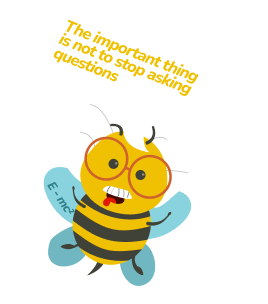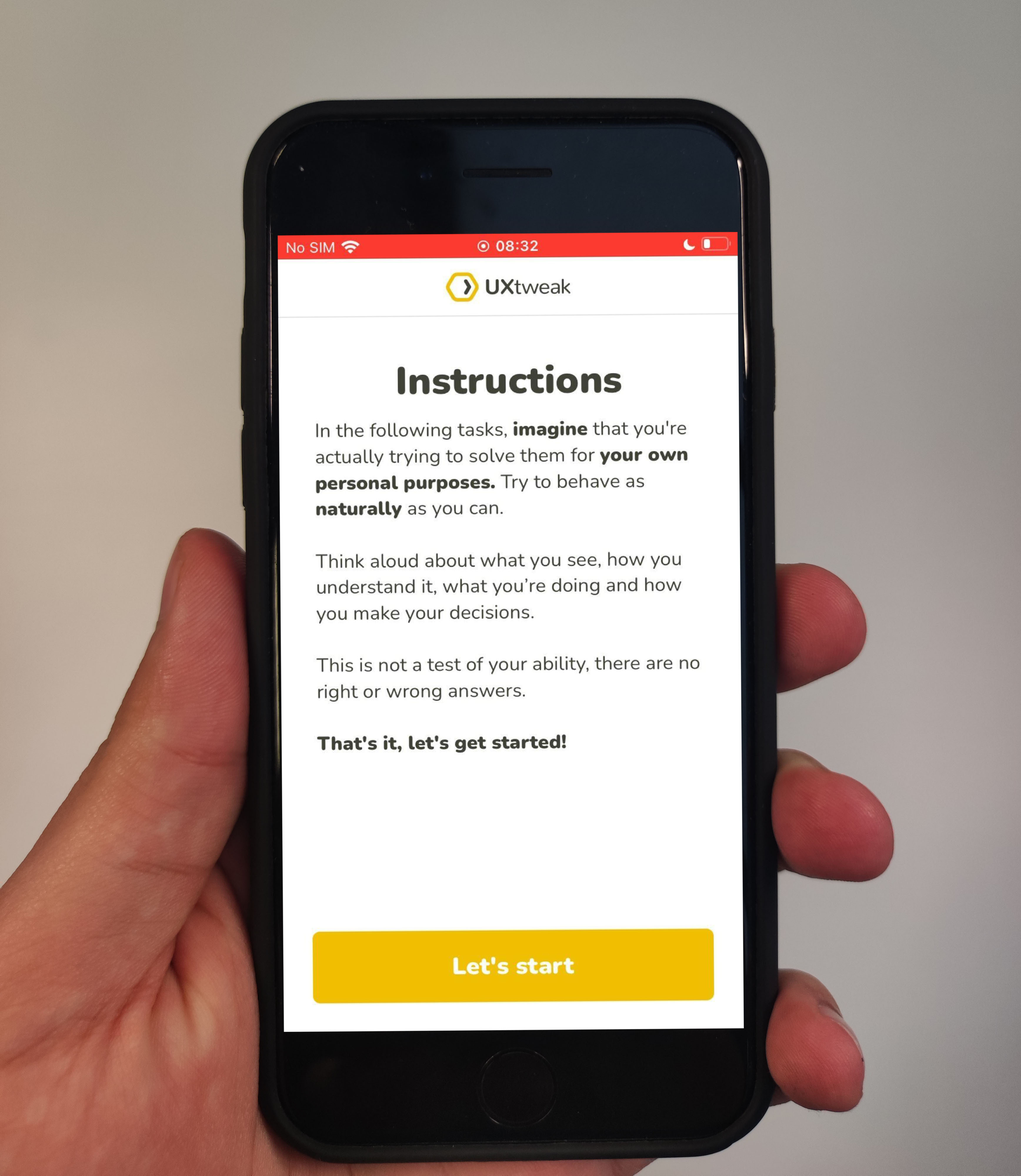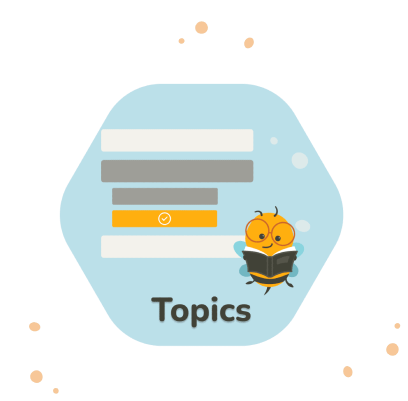What comes first: the product or the user’s need?
In the business world, users’ needs should always come first. Only when we build products that address real user needs can they become truly successful. As Seth Godin puts it:
In this guide, we’ll teach you how to uncover user needs and distinguish between what users say they want and what they actually need. The key to doing so lies in the Jobs to Be Done framework.
According to Stephen Wunker, author of Jobs To Be Done,
This builds on the core concept of the Jobs To Be Done framework, whether viewed through a marketing lens or in product development.
In this article, we explore how the Jobs To Be Done framework gives us a structured way to understand what customers really need and how it sparks new ideas for products.
What is the Jobs to Be Done framework?
The Jobs to Be Done (JTBD) framework is a method for understanding why customers use a product or service. It focuses on uncovering the specific tasks or problems customers are trying to solve. Instead of just looking at what a product does, the JTBD approach asks what job the product is hired to complete in the customer’s life. As Harvard Business School marketing professor Theodore Levitt said:
To identify these “jobs,” the JTBD framework relies on gathering direct feedback from customers, often through user interviews. By understanding the motivations and challenges users face, companies can design products that help them achieve their goals more effectively.
Benefits of using a Jobs To Be Done framework
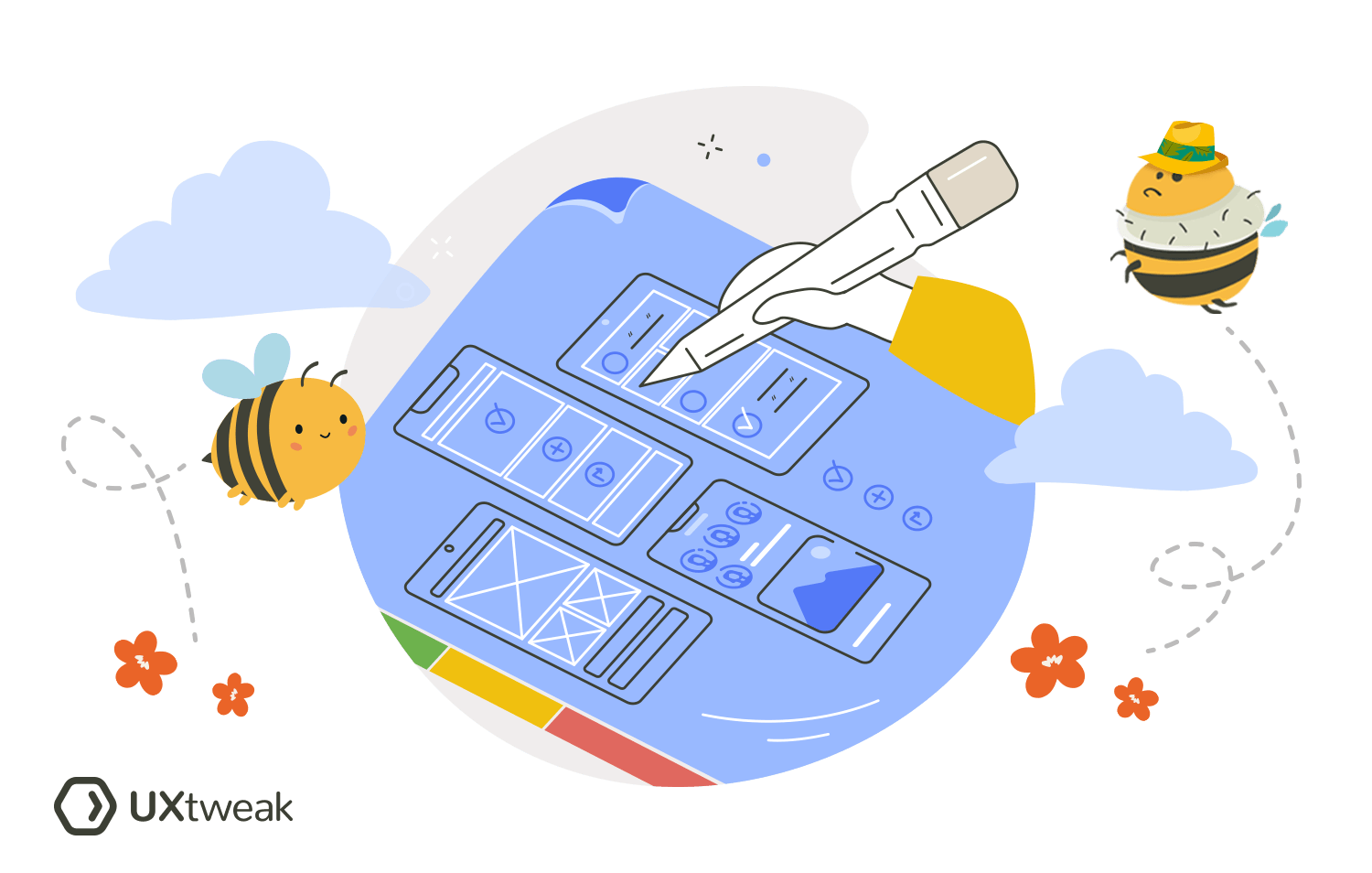
Applying the Jobs To Be Done theory helps companies to speak the same language in innovation and product delivery between them and customers.
Most importantly, having a JTBD framework lets companies:
Understand customers better
Using the Jobs To Be Done framework helps you understand why customers choose your product. It provides a comprehensive overview of their needs and motivations, so you can create solutions that positively impact their lives, ultimately leading to satisfied customers who are more likely to stick around.
Communicate offerings effectively
The JTBD theory is great for helping marketers get everyone on the same page about how to talk about their products, speaking in a way that connects with customers.
Clear and consistent messaging makes it easier for customers to understand the what and why behind your offering and how it meets their needs.
Clearer focus for your team
This framework helps your team zero in on what’s most important to your customers. The decision process on what features and improvements will have the biggest impact is much more defined.
It leaves no room for assumption and provides a guaranteed way to make informed decisions that saves time and resources to deliver results.
JTBP framework provides invaluable insights to help inform different business disciplines on how to connect with customers, focus your efforts, and build products that last.
Jobs to Be Done framework components

“A job-to-be-done is a statement of what a customer wants to accomplish and the metrics they use to measure success and failure,” according to Tony Ulwick.
The JTBD framework gives you a platform to understand these goals and metrics more efficiently.
Here are the main components of the JTBD framework:
1. Job statements
Job statements are the foundation of the JTBD framework. They usually describe what the customer is trying to achieve in the following format: “I want to (job) so that (outcome).” Job statements focus product development on the most important customer needs and outcomes.
These statements include both functional and emotional jobs. For example, if someone needs to get from Point A to Point B, the functional part is the actual travel and arrival at the destination. If the distance is long, they might fly instead of driving.
On the emotional side, personal values and feelings come into play. A person committed to the environment might opt for an electric car or bike, while health considerations might encourage biking or walking. These different aspects highlight how understanding both functional and emotional jobs can lead to more tailored and effective solutions.
Other job types include personal jobs (e.g., “learn a new skill for personal growth”) and social jobs (e.g., “impress colleagues with my tech skills”).
2. Circumstances
Circumstances are the specific context or situation in which a job is performed, and they heavily influence which solutions are most suitable. Let’s have an example of “commuting to work,” which varies based on whether someone lives in a city with robust public transportation or a rural area where driving is essential.
Weighing these factors involves looking at elements like the time of day, location, available resources, and any constraints users may encounter. For example, city commuters often navigate train schedules and crowded platforms, while rural commuters may face challenges due to limited public transportation options.
3. Desired outcome statements
Desired outcome statements specify what the customer wants to achieve by completing the job. They are clear and measurable, focusing on the end result rather than the process. For instance, if the job is “find a fast and efficient way to commute to work” a desired outcome might be to “reduce commute time to less than 30 minutes.”
Shifting the focus from feature launches to working directly with customers to understand their goals gives a clear understanding of the job. With this, you can identify and categorize customer needs to accurately determine the desired outcome statements.
4. Job executors
Job executors are the people who are actively getting a specific task done. They are also referred to as a primary focus of the JTBD framework, and identifying job executors can help you understand whose needs you are attempting to meet.
Job executors include not only people who use the product, but also support groups that handle tasks such as installation, transportation, repair, and maintenance until the entire consumption chain of the job is completed. The buyer is the final line of the job executor and is responsible for making the purchasing decision.
5. Completion constraints
Completion constraints are the practical limits or challenges that affect how a job is carried out. Whether it’s tight schedules, budget restrictions, or physical barriers, these issues shape the options available. Knowing these limits is the first step in creating practical solutions. For example, if someone needs to commute quickly, their options may be limited due to transportation costs or available routes.
Getting a handle on these barriers helps you come up with solutions that work within those limits.
Jobs to Be Done framework steps
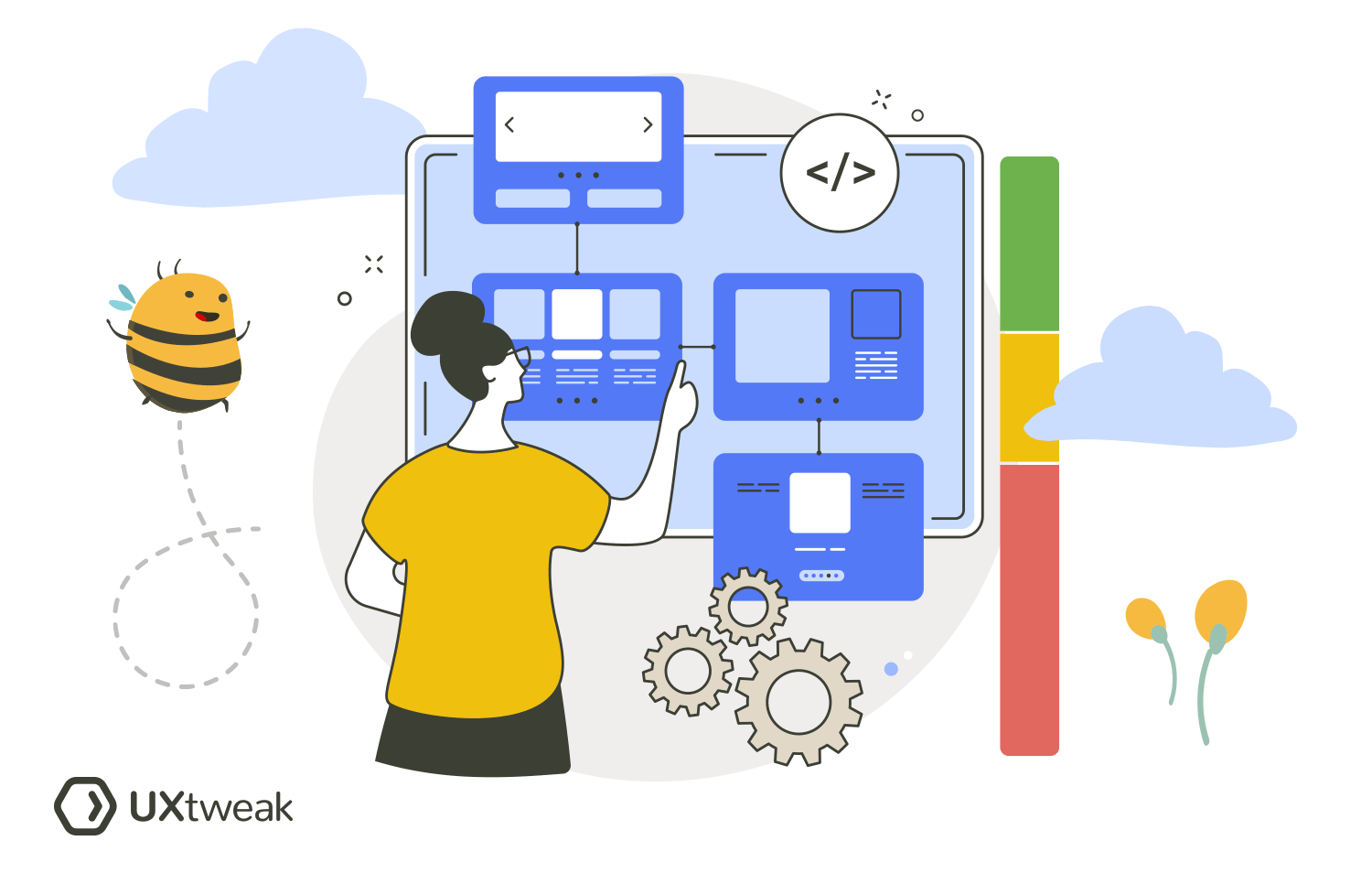
The Jobs-to-Be-Done framework can get complex, but it’s important to remember its main purpose: to help you truly understand your users and what they’re trying to achieve with your product.
The key to successful innovation is not just about finding the right market but also understanding your customers’ needs, identifying groups with unmet needs, and offering solutions that meet those needs more effectively.
Now, let’s break down the key steps of the JTBD framework. These are the areas you’ll want to discuss with users to get a clear understanding of their jobs and how your product can help.
1. Identify user jobs to be done
To truly understand what your users are trying to achieve, you need to talk to them directly. For new products, it’s important to focus on finding the right people who match your target group. You can do this by talking to customers of competitors or by recruiting individuals who fit your target persona (and using tools like our User Panel to help with recruitment). For existing products, you should engage with your current customers to dive deep into their pain points and needs.
User interviews are one of the most effective ways to gather these insights. During interviews, ask open-ended questions to uncover the core problems users are facing. For example, you could ask questions like, “What challenges are you trying to overcome with this product?” or “What tasks are you trying to get done?” These questions help you understand what the user is trying to accomplish, not just how they’re using the product.
As you conduct these interviews, pay attention to the deeper motivations behind their actions, and look for patterns that reveal unaddressed needs. Take Slack, for example – when it was first developed, the team realized that companies were struggling with internal communication. This insight led them to identify a major job: improving team collaboration.
2. Formulate job statements
After identifying the user jobs, the next step is to define them more clearly with job statements. These statements should be concise and capture what the user wants to accomplish.
For example:
“I want to store my files online so that I can access them from any device.”
This simple statement highlights the core job Dropbox fulfills and the desired outcomes for users.
Creating an effective job statement means breaking down the user’s goals into clear, actionable items, and it helps to see things from the user’s perspective. You should also consider the functional and emotional aspects of these jobs. With DropBox, the functional aspect is the fire storage accessibility, while the emotional aspect is the peace of mind of knowing their files are safe and easily retrievable.
What is NOT a Good Job Statement?
What distinguishes a good job statement is its clarity and goal orientation. Here are examples of what not to do when writing one:
- Too vague: “I want to be productive.” This doesn’t specify what the user wants to achieve or how they measure success.
- Too specific: “I want to use Dropbox to store my work files.” This limits the job to a specific product rather than the broader goal of file storage and access.
- Feature-oriented: “I want a file synchronization feature.” – focuses on a specific feature rather than the overall job or outcome the user desires.
A good job statement should avoid these pitfalls and instead focus on the broader goal and desired outcome.
If you can find a way to focus on the user’s needs and outcomes rather than the specific products or features, you will create disruptive new products and services.
3. Prioritize jobs
Prioritizing which jobs to address first is a simplified path to focusing resources and efforts on the tasks with the greatest impact on user satisfaction and business success. Here’s how you can approach prioritization, using the MosCow and RICE Scoring frameworks:
- RICE Scoring: RICE stands for Reach, Impact, Confidence, and Effort. It quantifies tasks based on their potential Reach (how many users it affects), Impact (how much it improves user experience or business goals), Confidence (certainty in the estimates), and Effort (resources required to implement). Using RICE scoring, Airbnb, for example, might prioritize jobs that have high Reach (many users book accommodations), Impact (significantly improves user satisfaction), and low Effort (relatively easy to implement).
- MoSCoW Framework: This framework categorizes tasks into Must have, Should have, Could have, and Won’t have. Jobs are ranked according to their criticality. An example of a must-have position at Airbnb would be “booking accommodations,” as this directly supports the company’s primary function of matching accommodations with travelers.
To refine your priorities further, you can gather additional insights from users through surveys. Surveys allow you to collect feedback from a larger group of users and get a broader perspective on which jobs are most critical to them. By asking users to rank or rate the importance of different jobs, you can better understand which ones should be prioritized to maximize satisfaction and business impact.
Most products only get part of a job done, so the goal is to prioritize all the important jobs to ensure your efforts are focused on achieving the best possible results.
4. Develop solutions for user jobs
The next step in the JTBD framework is to develop solutions that address user needs, and you can approach this process in three simple steps:
- Understand user needs: When you narrow down the key jobs your users must fulfill, you also want to have a deeper understanding of their specific needs and pain points associated with each job.
- The solution development process comes right after, with teams brainstorming potential solutions that align with the identified jobs, such as creating new features, improving existing ones, or even developing new products that better meet user expectations. When Uber identified a key job for their users as “getting a reliable ride quickly,” they developed features like real-time tracking and estimated arrival times to tackle the user’s needs for transparency and reliability when using their service.
- The final step is to implement a process of iterative testing and refinement to ascertain the effectiveness of the solutions.
With a deep understanding of the customer’s JTBP, the process of innovation becomes a lot more predictable.
5. Test with target users
Testing with target users helps to evaluate how your product performs in the market and how successfully it solves users’ problems. Various testing methods, such as beta testing, usability tests and are used to address any gaps in the user’s to-do list.
Top companies, like Google, frequently roll out beta versions of their software to a specific user base. Before releasing the product to the general public, they use the feedback to enhance features and correct bugs.
The easiest way to find out how users interact with your product and where they encounter issues – is conducting usability testing. With UXtweak you can test the usability of prototypes, websites, mobile apps, and their beta versions.
⬇️ Check out how easy it is in these quick demos:
Jobs To Be Done growth strategy matrix
As you move into the prototyping phase and start shaping your product, the Jobs To Be Done growth strategy matrix is a useful tool for guiding your next steps. It helps you decide which direction to take by looking at the job your product is solving and the needs of your customers. This framework can help you choose a strategy that makes your product stand out in the market.
Here are the five types of growth strategies that can be applied when you look at a market through the Jobs To Be Done lens, and when you might want to use them:
Differentiated strategy
A well-executed differentiated strategy attracts customers who are currently underserved by existing solutions. This strategy is based on identifying an underserved population that is willing to pay more for better job opportunities. However, if no such segment exists, this strategy may fail.
Examples: Nest thermostat is more expensive, but it offers smart home temperature control that regular thermostats cannot match. Apple’s original iPhone changed the tech ecosystem by combining a phone, an iPod, and an internet communicator into one device.
Dominant strategy
This strategy aims to improve existing solutions for widely used jobs at a lower price. It attracts a broad audience, including those who weren’t previously interested in the product. If your product works well and is affordable, it can draw in many users.
Examples: Google Search is a perfect example. It’s incredibly efficient, free to use, and easily accessible to everyone. UberX provides a cheaper, more convenient option than traditional taxis, and Netflix’s streaming service gives access to a large library of movies and shows at a low cost.
Disruptive strategy
A disruptive strategy targets people who are unhappy with current products due to cost or quality. It offers a simpler or cheaper option to attract customers who haven’t used similar products before.
Examples: Google Docs offers a simpler, cheaper alternative to Microsoft Office, appealing to users who don’t need all the advanced features of Office. TurboTax provides an affordable and easy way to file taxes compared to traditional tax services.
Discrete strategy
This strategy targets jobs that are distinct and separate from mainstream customer needs, like specialized software tools designed specifically for video game developers to address critical but niche aspects of game development. It appeals mainly to customers who find themselves in situations where few or no alternative solutions are available.
Examples: Airport concessions are a prime example. Drinks sold past security checkpoints are often more expensive, and yet people buy them because they have limited options. ATMs in remote locations charge higher fees, but they service people who don’t have easy access to their banks.
Sustaining strategy
This strategy is about making small improvements to existing products to keep your customers happy and keep your market position strong. It’s a common choice for established companies who want to keep their customers loyal.
Examples: Just about every product that makes things a bit better or more affordable without feeling cheap. Many smartphone models follow this strategy, with each new version offering slightly better performance or new features.
Wrapping up
The Jobs-to-be-done (JTBD) framework is a structured guide for navigating the process involved in delivering products and services needed by customers. Given the large amount of customer data and insights companies take into account daily, the framework provides a convenient way to focus only on what matters, why it matters, and how to implement it.
With these insights, innovation becomes less of a chance and more of a guarantee, and product teams can gain a clear understanding of customer jobs, enabling them to design solutions that meet their needs.
To ensure you understand your users and their needs, conduct research with UXtweak 🐝 We offer a comprehensive set of research tools that help you get to know your users, test your product, and evaluate how well it meets their needs.
